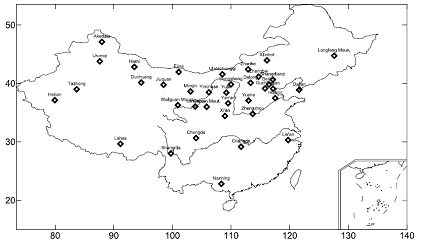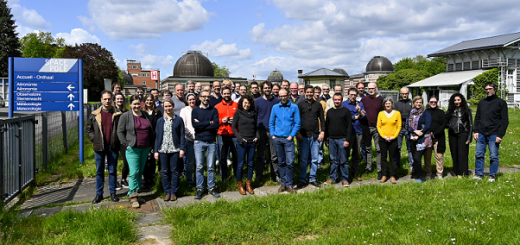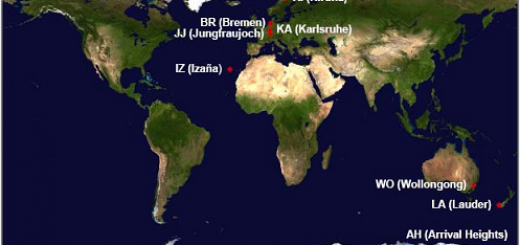Calibration campaign of the China Aerosol Remote Sensing NETwork (CARSNET)

Dr. Huizheng CHE of the China Meteorological Administration (CMA; Key Laboratory of Atmospheric Chemistry, Centre for Atmosphere Watch and Services, Chinese Academy of Meteorological Sciences), visited the Izaña Atmospheric Observatory from August 15 to September 11, to perform an instrument calibration of the China Aerosol Remote Sensing NETwork (CARSNET). The goal of the campaign was to calibrate CARSNET reference Cimel instruments, relying on the following aspects:
• CARSNET has 29 operational sites including Waliguan global GAW (Global Atmospheric Watch) station and 5 regional GAW stations in China. CARSNET’s quality control and quality assurance is based on three reference instruments (masters) must be calibrated with direct sun measurements (Langley method), and in radiance using an integrating sphere, on a periodical basis. CARSNET is seeking now a good Langley calibration site in China. It is very important for CARSNET to compare the results obtained at high-quality sites such as Izaña Observatory.
• The excellent observation conditions for Langley calibration at Izaña: low optical depth, clear sky, temporal and spatially homogenous atmospheric conditions are crucial for direct sun measurements. Also the excellent support from the Izaña team, both for maintenance and for technical assistance during the campaign is crucial for the success of the experiment.

Geographical locations of CARSNET stations in China
The results will be obtained within this campaign are expected to keep calibration of the CARSNET reference instruments and inter-calibrate other field instruments of CMA. Also it will benefit the WMO-GAW aerosol optical properties measurements.
The measurement campaign is expected to be organized every year in order to keep CARSNET results comparable to other international Cimel networks such as AERONET, PHOTONS, AEROCAN, and RIMA, and to the PFR (Precision Filter Radiometer) network (World Radiation Center).

Dr. Huizheng Che and Dr. Emilio Cuevas on the calibration platform at the Izaña Atmospheric Observatory in September 2011






